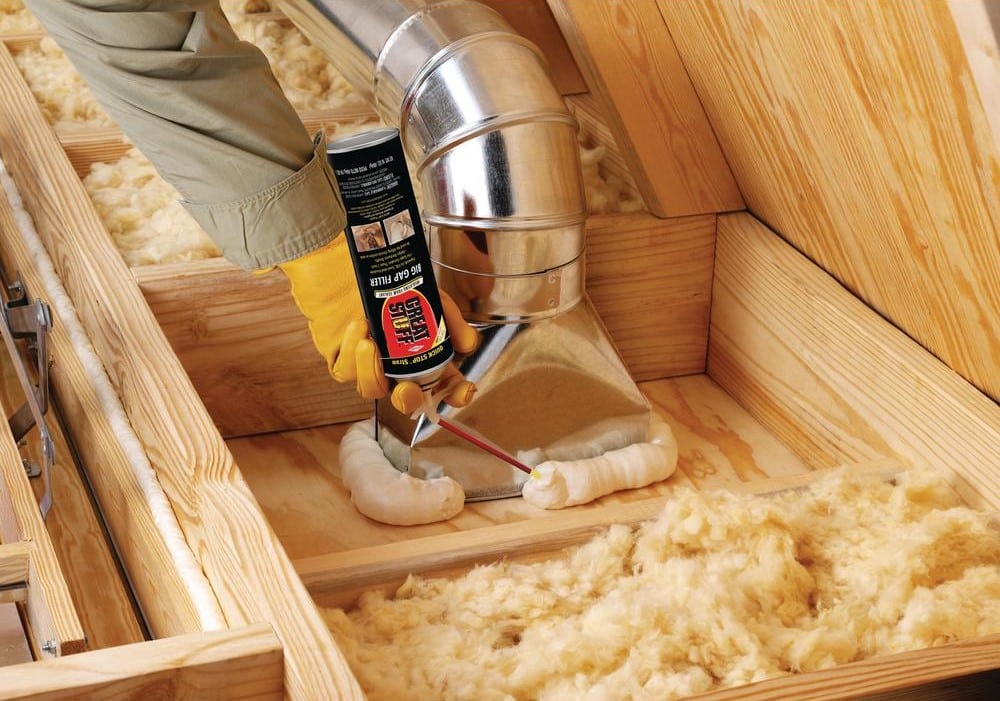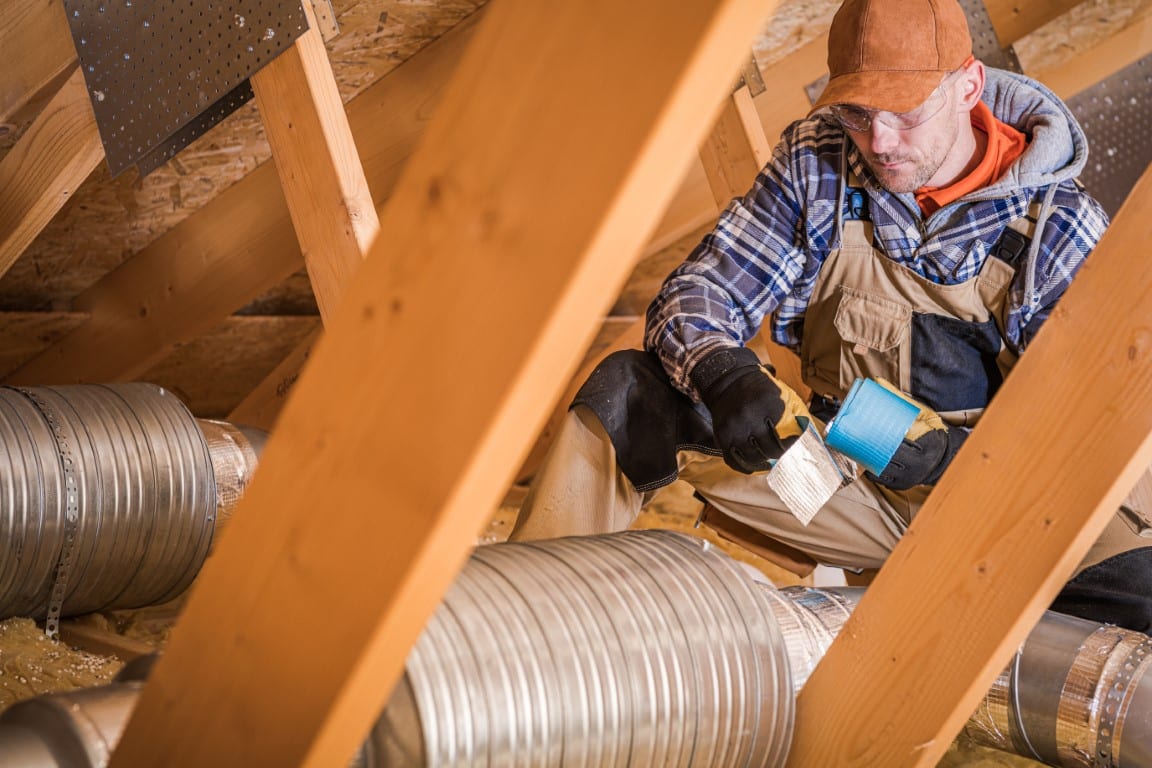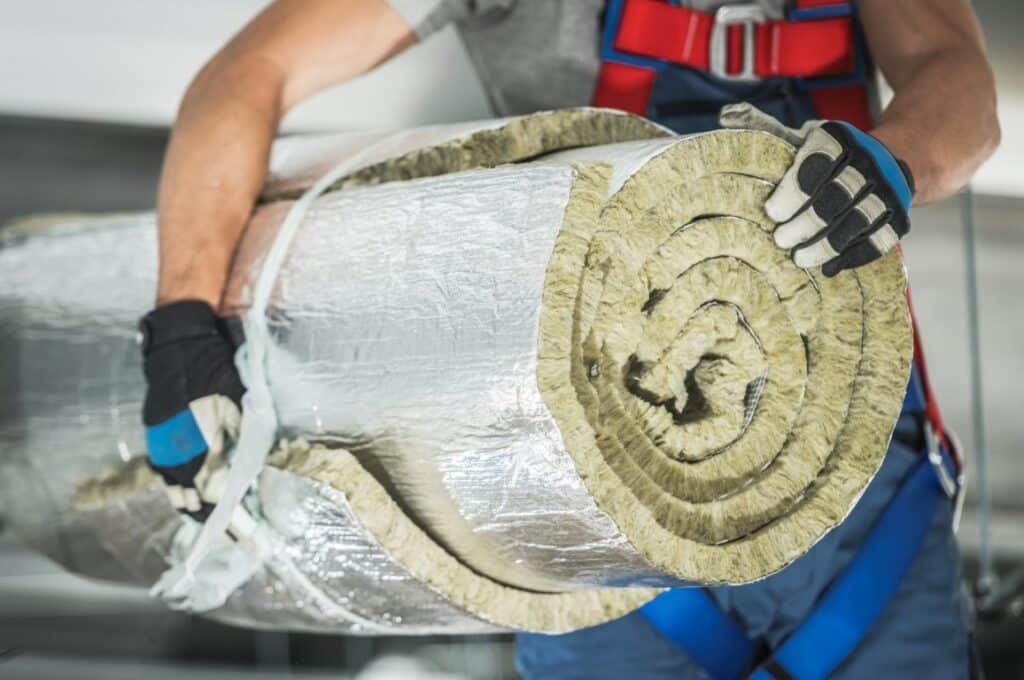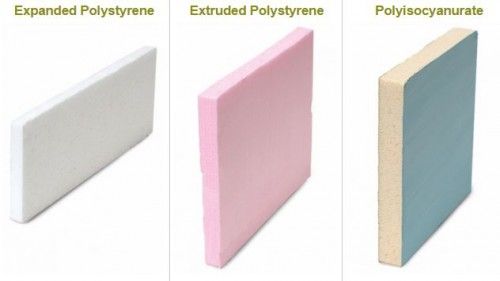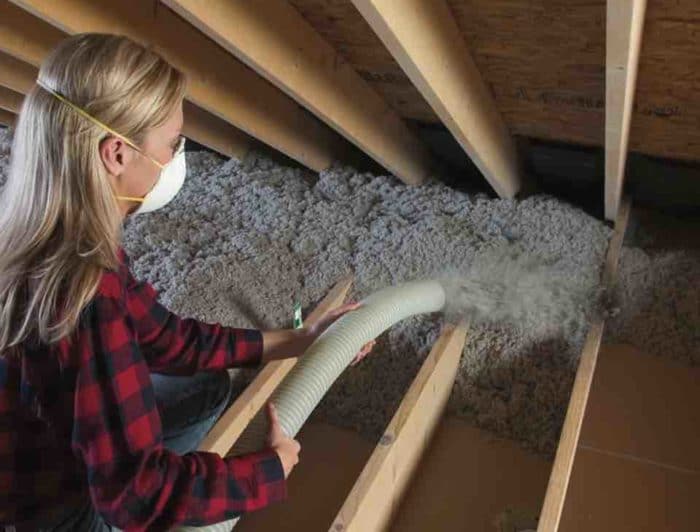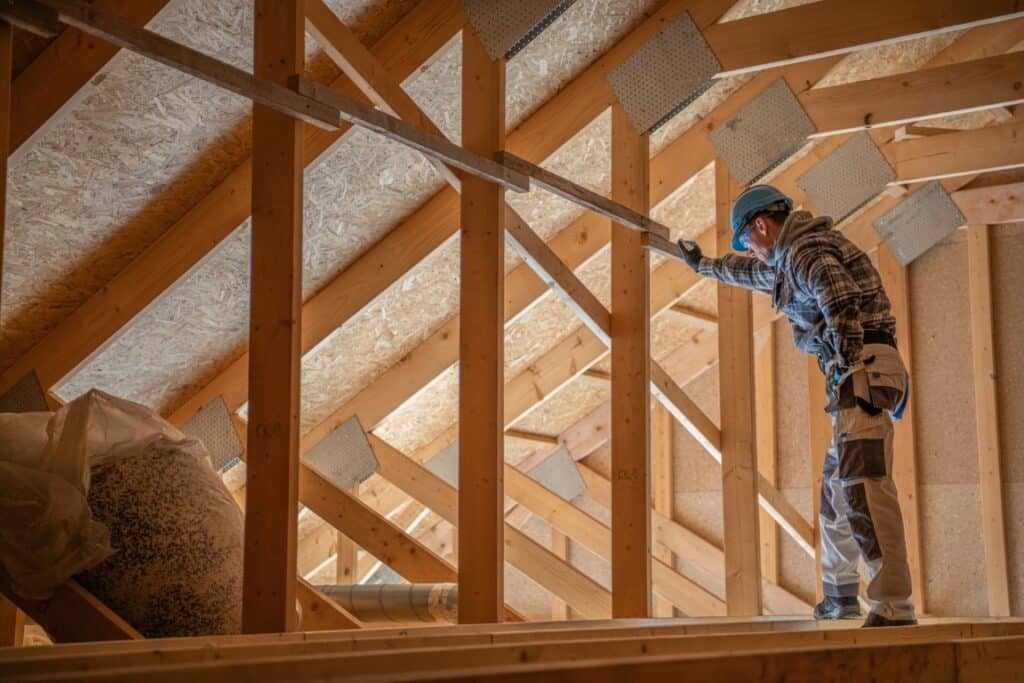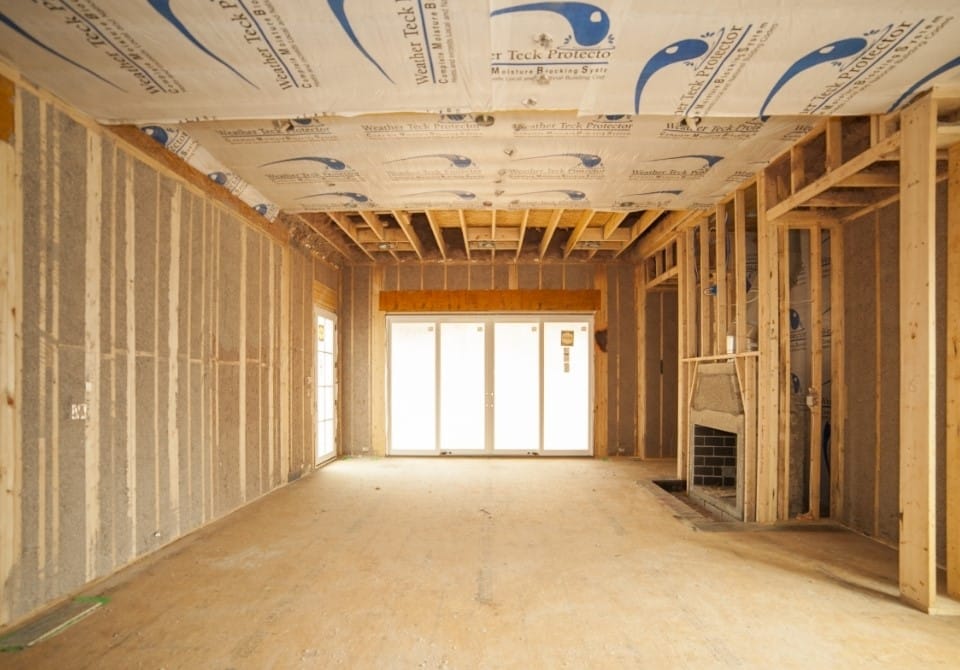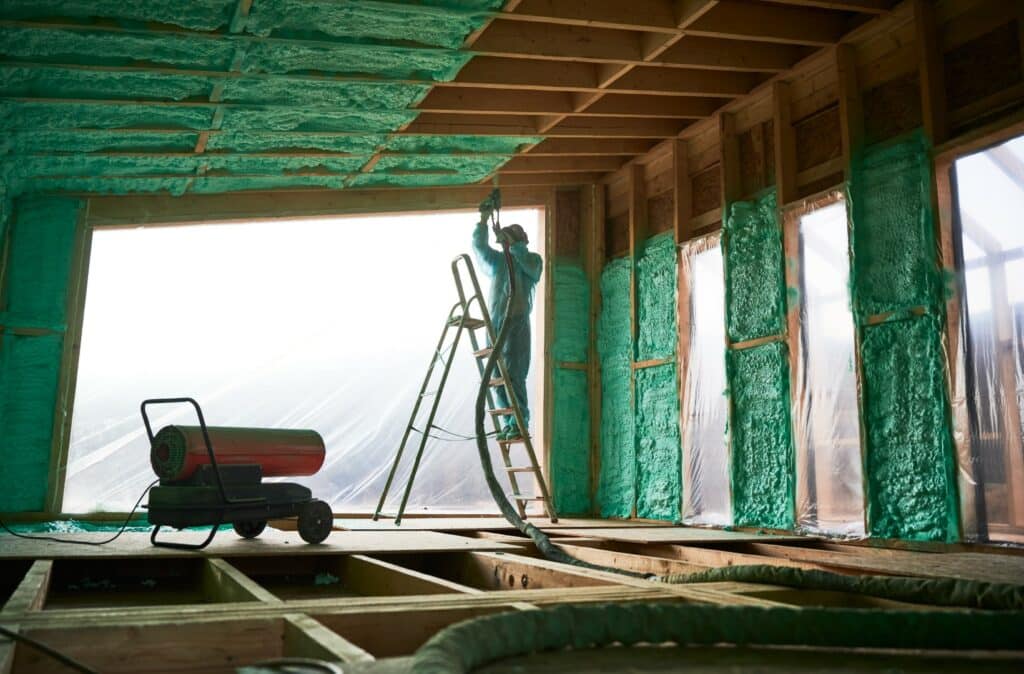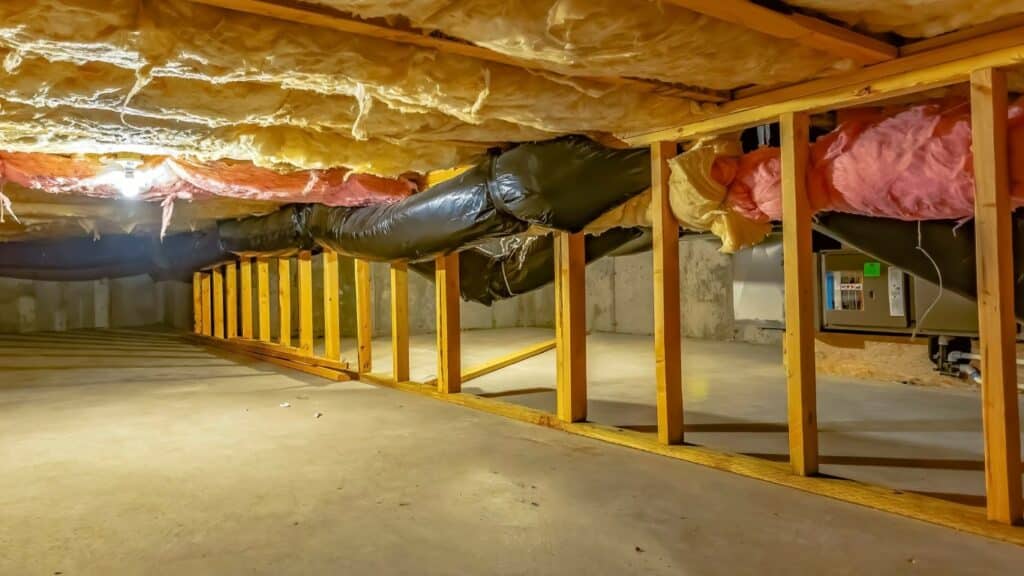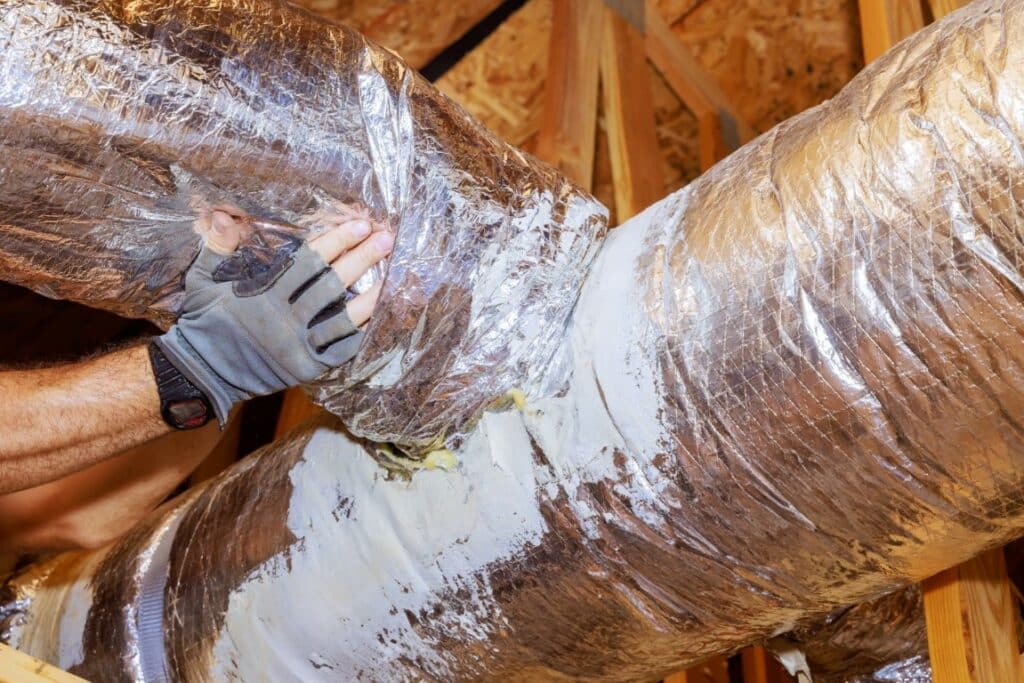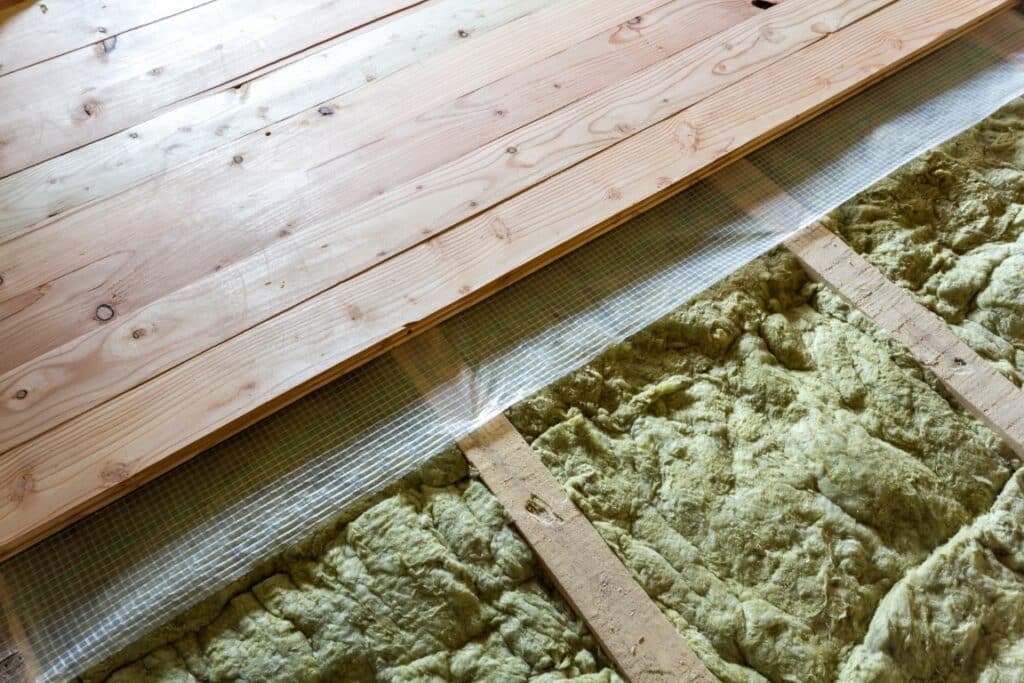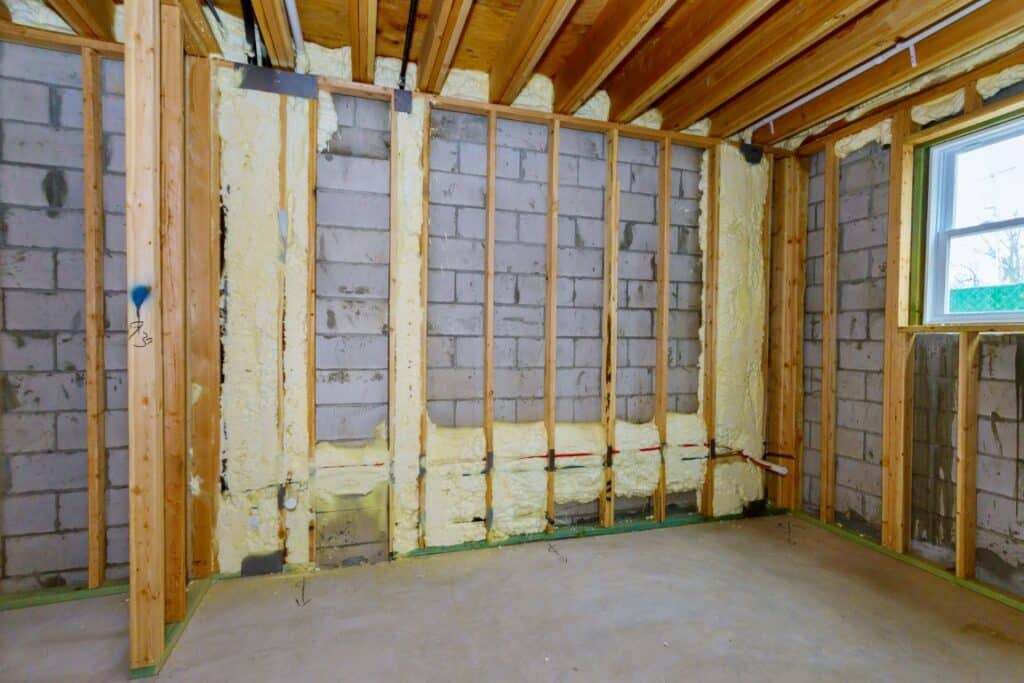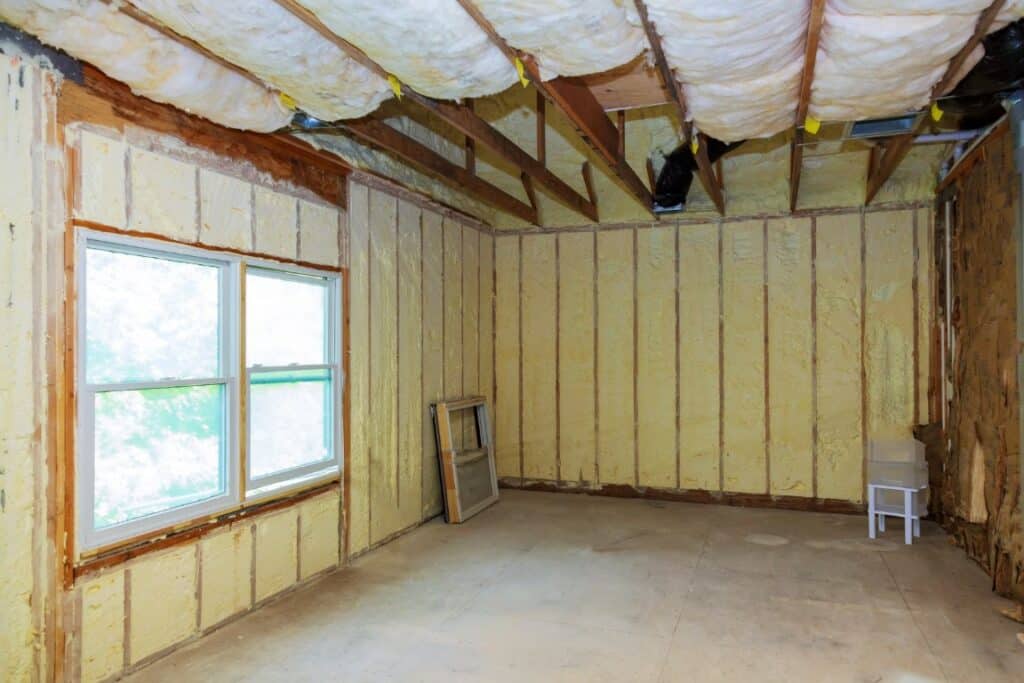Duct Insulation Rebates 75-100% off costs.


Boost HVAC efficiency with our insulation services and explore rebates covering 75%-100% through Energize Connecticut, applicable for certain utility customers.
Properly insulated ducts are key to maintaining optimal air flow and temperature control throughout your home, leading to significant energy savings and improved comfort. Maximize the efficiency of your HVAC system with Home Comfort Practice's duct insulation services.
Duct Insulation Basics
Insulating your ducts minimizes energy loss, ensuring heated or cooled air reaches your living spaces efficiently. Proper duct insulation in your Connecticut home can lead to significant energy savings, improved comfort, and a reduction in your HVAC system’s workload. Focus on ducts located in unconditioned spaces such as attics, basements, garages, and crawl spaces, as these areas are most prone to temperature fluctuations and energy loss.
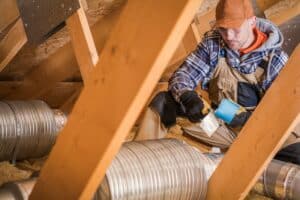
Improving HVAC Efficiency with Duct Insulation
Enhancing System Performance & Energy Saving: Well-insulated ducts help maintain the temperature of the air flowing through your HVAC system, reducing energy consumption and enhancing the overall performance of your heating and cooling systems.
Maintenance of Duct Insulation
Regular Checks and Care: Regularly inspect your duct insulation for signs of wear or damage, ensuring it remains dry and intact to maintain its effectiveness.
Handling Damage and Leaks: If you notice areas where insulation has become wet, compressed, or damaged, replace it promptly to prevent compromised HVAC efficiency and increased energy costs.
Frequently Asked Questions about Duct Insulation
Duct insulation helps maintain temperature control, reduces energy loss, and can lower utility costs. Proper insulation also absorbs operational noises, contributing to a quieter and more comfortable home environment.
If your ducts run through unconditioned spaces and you experience uneven temperatures in your home, or audible booms and cracks from ductwork as well as higher utility bills, it may indicate insufficient duct insulation.
Yes, by sealing leaks and insulating ducts, you reduce the risk of dust, pollen, and other pollutants entering your ductwork from unconditioned spaces.
Ideally, yes, especially those in unconditioned spaces to ensure energy efficiency and comfort throughout your home.
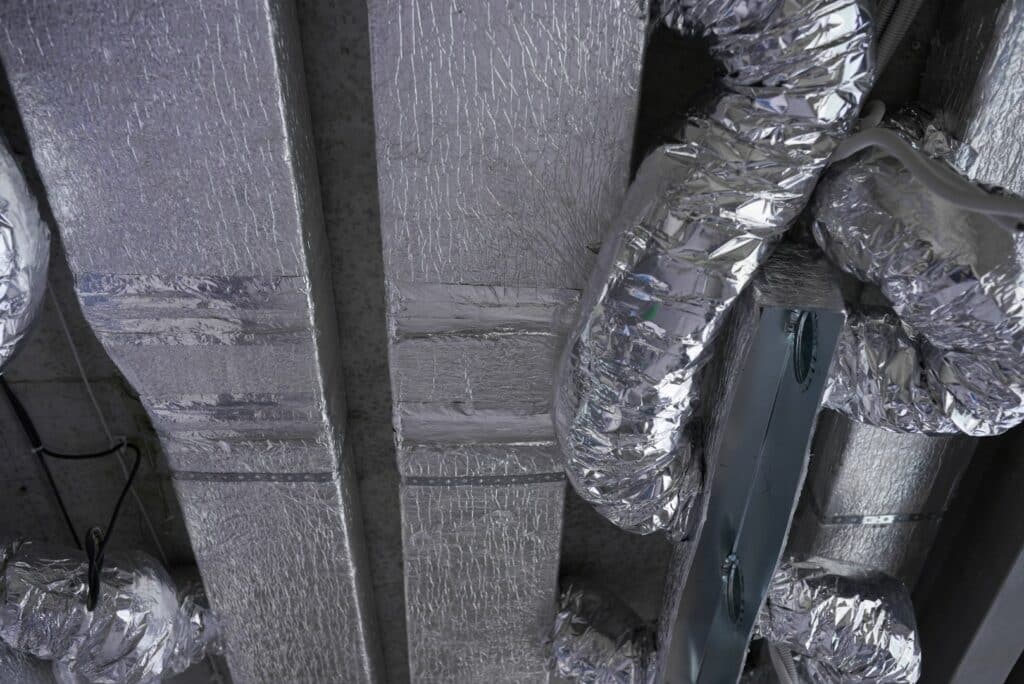

Identify and mark leaks while the HVAC system is running, then use metallic foil tape and duct mastic to seal leaks. This helps prevent energy loss from ductwork.
The size of your home, the condition of your ducts, and the type of insulation material used can all affect the overall cost. Repairs or sealing needed before insulation can also impact the price.
The thickness needed usually ranges from 1/2" to 2", depending on the insulation material and the specific requirements of the HVAC system. Over-compressing fiberglass insulation can significantly reduce its effectiveness.
Yes, by minimizing heat loss or gain through the ducts, insulation helps the HVAC system work more efficiently, potentially allowing for downsizing of equipment.
Duct Insulation Materials
-
Spray Foam Duct Insulation

Spray Foam Duct Insulation
Applying spray foam directly to the ducts provides excellent air sealing and insulation, improving the overall efficiency of your HVAC system.
-
Blown Cellulose Duct Insulation

Blown Cellulose Duct Insulation
Not typically recommended for ducts due to potential airflow obstruction, unless professionally installed to encase the ducts in specific areas.
-
Blanket/Batt Duct Insulation

Blanket/Batt Duct Insulation
These materials can be wrapped around ducts; however, they must be properly secured and sealed to prevent air leaks and ensure effectiveness.
-
Rigid/Foam Duct Insulation

Rigid/Foam Duct Insulation
This can be used to insulate ductwork, especially in larger sections or in ducts running along walls or floors, offering a solid, energy-efficient barrier.
Learn More
Qualify for Duct Insulation Rebates by Getting a Home Energy Audit
$0
$0
Average Annual Energy Savings$0
Weatherization Service Value$0
Average 1st Year SavingsRebates for Duct Insulation
| Energize CT Rebate: $1.70 per Square Foot | |
|---|---|
| Avg. Initial Cost | $1500-$10000 |
| Max Rebate | N/A |
| Avg. Lifetime Savings | $4000 |
Claim up to $1.70 per square foot on approved insulation projects recommended during a Home Energy Solutions assessment.This may cover between 75-100% of insulation costs!
| IRA Tax Credit: % of Costs | |
|---|---|
| 25C Max Credit | $1600 |
| 25D Max Credit | Uncapped |
The Inflation Reduction Act tax credit for weatherization in Connecticut offers homeowners a 30% tax credit for eligible projects, with a maximum claim of $1,200 per year. It covers insulation, air sealing, doors, windows, and energy audits. Weatherization reduces energy waste, lowers bills, and improves home comfort while decreasing carbon emissions.
| IRA Electrification Rebate: $1600 | |
|---|---|
| Upfront Discount | 50%-100% of Costs |
| Avg. Initial Cost | N/A |
Connecticut homeowners may be eligible to claim up to $1,600 for their weatherization project through the Inflation Reduction Act Electrification Rebate program, depending on their income. Low-income households can receive 100% coverage of weatherization costs, while moderate-income households can receive 50% coverage. (The total cap for Electrification Rebates across all qualified projects is $14,000.)
Other Areas to Install Insulation
-
Attic Insulation

-
Basement Insulation

-
Ceiling Insulation

-
Crawlspace Insulation

-
Duct Insulation

-
Floor Insulation

-
Foundation Insulation

-
Wall Insulation


